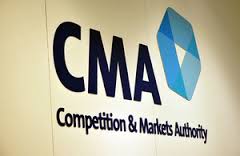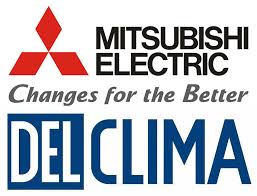US AC market to continue growing
USA – A report entitled “Commercial Air Conditioning Systems Market – U.S. Industry Analysis, Size, Share, Growth, Trends and Forecast, 2013 – 2019”, recently published by Transparency Market Research (TMR), reveals that the U.S.commercial air conditioning market is projected to reach US $10,251.3 million by the year 2019, increasing from US $7,251.7 million in 2012. The report also discloses that the market will demonstrate a 5.2% CAGR in terms of revenue from 2013 to 2019, while the market will grow at a 1.9% CAGR by volume. TMR analysts have also stated that the worldwide commercial air conditioning systems market is also experiencing substantial growth following the 2008 economic recession.
The major factors driving the upturn in the global and U.S. commercial air conditioning markets are the revival of construction activities post-recession and the increased importance of adopting energy-efficient technologies due to climate variations. An important additional factor in the US market is the ever-increasing adoption of variable refrigerant flow (VRF) air conditioning technology which is accentuating the overall market for commercial air conditioning.
Furthermore, the delay in adopting VRF in the U.S. has opened new opportunities for existing players, who have been quick to adapt to the demand for energy-efficient systems and are now deploying VFR as an alternate solution. The TMR study has divided the U.S. commercial air conditioning market into segments according to product type. These segments have been designated split systems, portable systems, window systems, single packaged systems, and other systems. The report claims that split systems and single packaged systems are poised for healthy growth, with the two collectively having accounted for 77.4% of the market in 2012. The main reason put forward for the growth of split systems is the increasing usage of non-ducted systems due to their flexibility, energy efficiency, and easy installation.
VRF systems continue to make inroads in the U.S. commercial air conditioning market since VRF systems offer the advantage of customizable temperature control for private, commercial, public, and industrial spaces for indoor environments. However, the revival of the construction sector and standardization of VFR technology in the U.S. has meant that the adoption of VRF technology in the commercial sector has eased off. The private sector was found to be the highest revenue generator in the commercial air conditioning market in 2012 as a result of increased expenditure on energy-efficient systems in residential buildings and construction of new residential units.
The report also states that development in the construction sector has had a positive impact on the commercial air conditioning systems market, with HVAC systems accounting for most of the revenue generated from new construction. The research report also features profiles of key players in the U.S. commercial air conditioning market including such luminaries as Mitsubishi Electric Corporation, United Technologies Corporation, and Fujitsu General Pty Ltd., which collectively accounted for more than 50% of the market in 2012.















